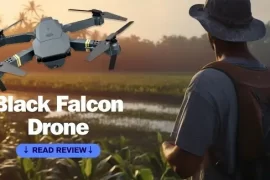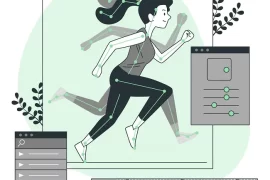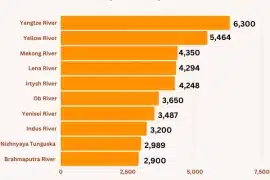We live in a digital age, and technology is becoming increasingly advanced. One of the most prominent new technologies being developed is facial recognition. From unlocking smartphones to face recognition systems at airports, this technology can be seen everywhere. For many, this technology is seen as a positive advancement; however, it can also present several potential dangers. This article will explore some key issues related to using facial recognition technology and its implications for privacy, security, civil rights, and human dignity.
Facial Recognition Technology: What Are The Risks?
Here is a discussion of the potential dangers of this relatively new technology and its privacy and security issues.
Technical Vulnerabilities
Facial Recognition Technology (FRT) is a form of biometric technology that analyzes users’ facial features and uses them to authenticate them. As a method of security, facial recognition technology can be used to identify individuals who are trying to gain access to
● Systems or data
● Fixed Surveillance
● Undercover Operations, and
● Photo or video surveillance.
It is possible for attackers to artificially pose as someone else by using pictures or 3D masks. They could then masquerade as authorized persons and gain access to sensitive information and systems. This could result in a mass attack where attackers use multiple fake identities on a system or individual faces not being properly recognized, leading to fatal harm to the system.
Greater Threat to Violate Individual and Societal Privacy
Facial recognition technology is a rising threat to privacy, as it can be used to identify individuals in various contexts, including
● Law enforcement and security
● To monitor someone, and
● Stationary technical surveillance.
First, the face recognition system is used by law enforcement agencies to identify criminals and other people who are wanted by authorities. The use of facial recognition by the government could lead to
● An increased risk of civil liberties violations
● The unlawful surveillance or
● The arrest of individuals.
Additionally, face recognition can be used by private companies for advertising purposes. This could lead to the misuse of facial recognition data by corporations and governments for commercial reasons. People usually don’t want to record or store their faces anywhere else.
Facial recognition has also been used in biometric databases that store individual faces to improve security. However, the greater risk of misuse of face biometric technology could lead to a greater likelihood of societal harm.
Imperfect Technology
One major issue with facial recognition technology is that it is not always accurate. It is less effective at identifying women and people of color than white males. Just because more images of people of color and women are stored in the database, it wouldn’t always give accurate results.
There are several reasons why facial recognition technology can be flawed. One cause of this could be the use of biased algorithms. Algorithms can be trained to recognize certain people, which can lead to a skewed result when applied to new images. The training data for algorithms may contain errors or biases, which can lead to facial inaccurate results.
Another factor that impacts facial recognition technology is illumination conditions. Facial recognition algorithms are more effective in well-lit environments than in low-light conditions. These factors, combined with algorithm errors, can lead to inaccurate results when used by law enforcement agencies and private companies for security purposes.
4. It’s Being Used to Monitor Children
Facial recognition technology is being used in several countries to monitor children’s online activity, including
● Kids’ use of online games
● Social media activity
● Other health app uses, and
● The restricted site uses.
These systems are not foolproof, and children’s faces can be easily mistaken for adults or other children. In China, children use some adult face masks to prove they are adults and take access to play. This is not only a bad sign but also demands second thoughts about facial recognition.
Summary
Facial recognition technology presents several risks and challenges to our society. Its unchecked use can lead to
● Violation of civil liberties
● Privacy invasions
● Oppressive measures against vulnerable groups.
Monitoring is key to ensuring this powerful technology is used responsibly and ethically. Governments, companies, and individuals alike must work together to create regulations that protect the public from potential risks of facial recognition technology.









Your articles are very educative.